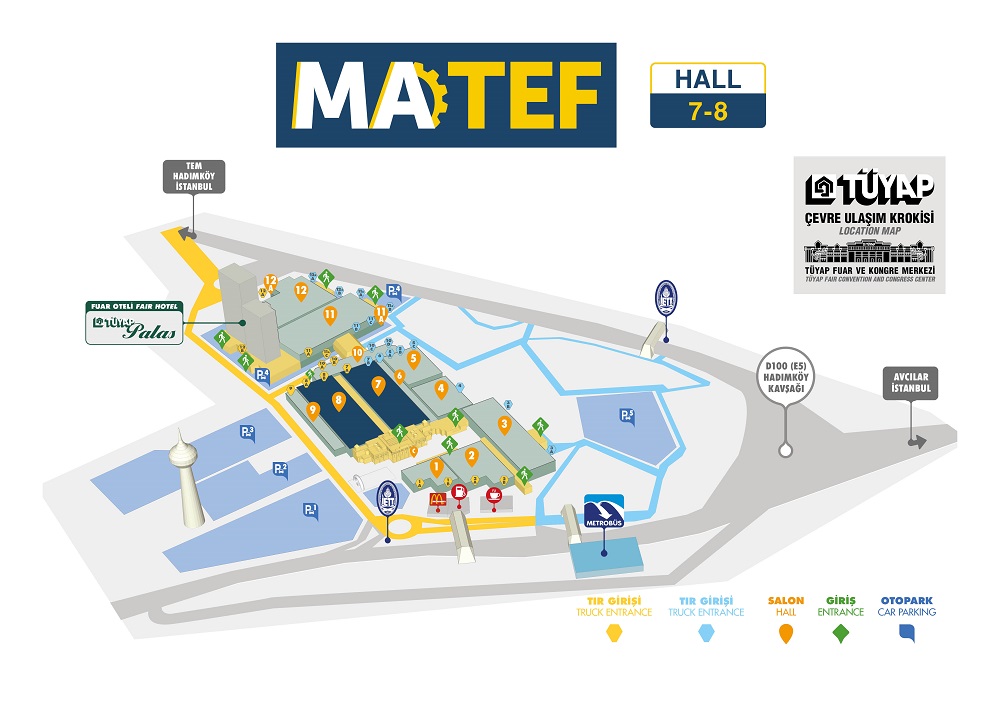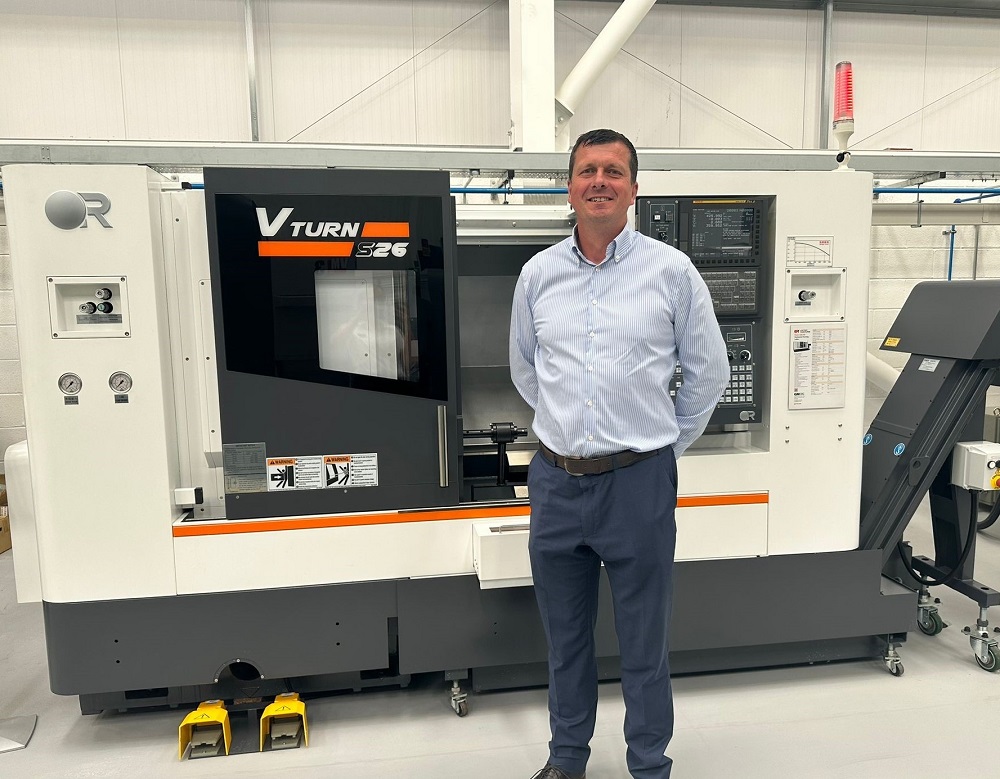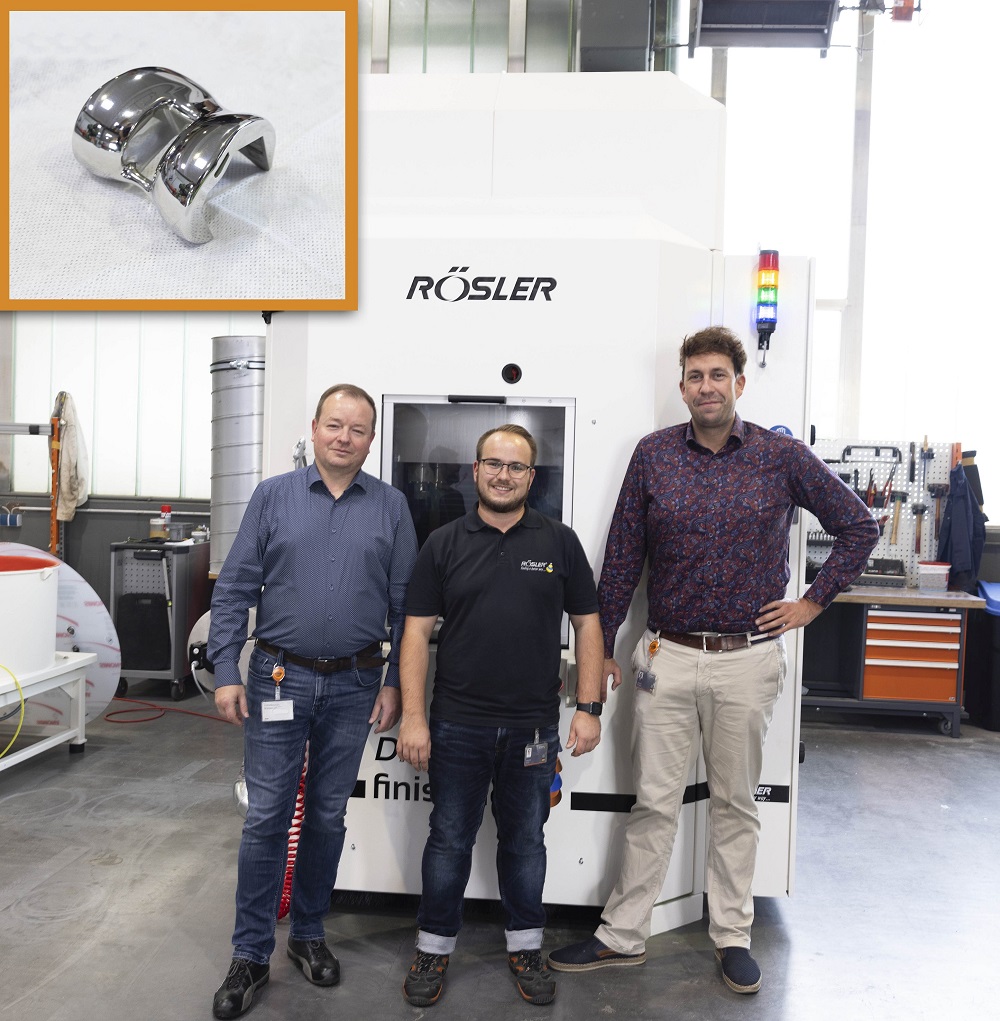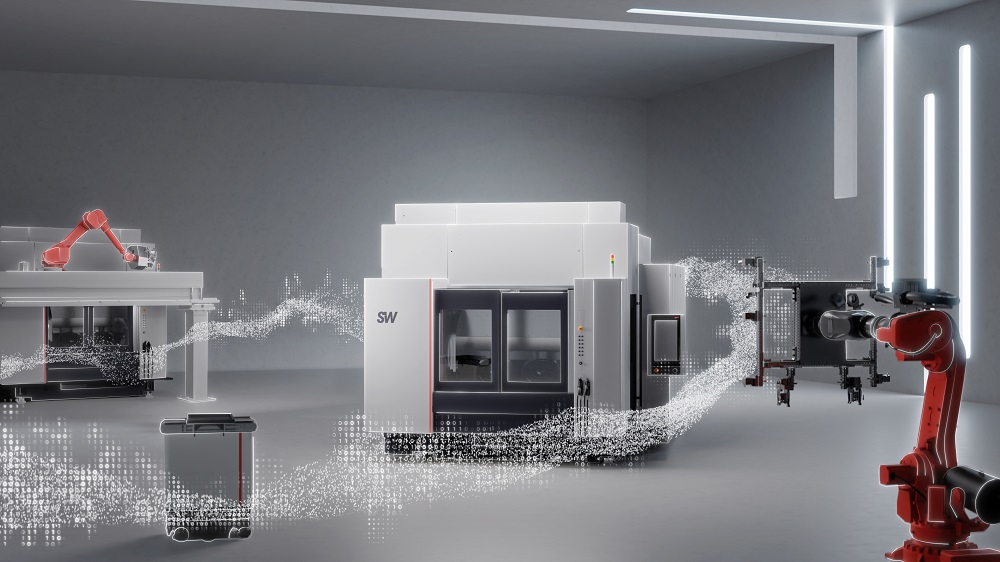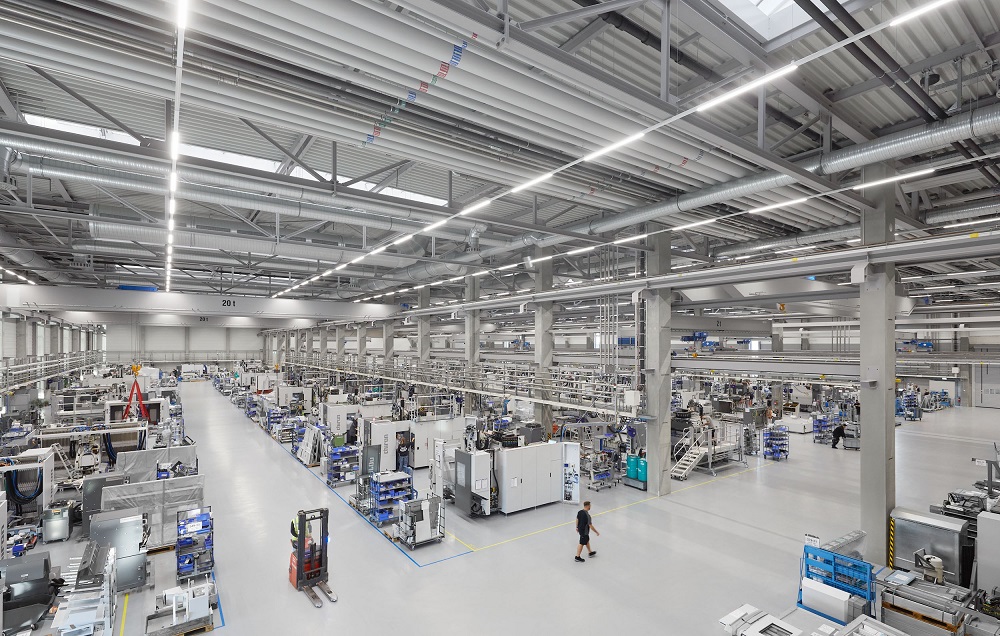MATEF, a new manufacturing technologies exhibition covering tube processing, plasma cutting, profile bending, metal processing, presses, machine equipment, sub-industry materials, sawing machines, compressors, lathes, technical hardware, hand tools, conveyors and software, takes place in Istanbul this week (20-23 June). Held in collaboration with the Turkish Machine Manufacturers Association (MİB), the venue for the show is Tüyap Fair and Congress Centre.
Staged for the first time this year, MATEF aims at bringing together domestic manufacturers and foreign visitors to provide new export opportunities to exhibitors. According to data from the Machinery Exporters Association (MAİB), the Turkish machinery sector grew by 9.6% last year and reached an exports level of $25.3bn, breaking the all-time record. Visitors to the show will get the opportunity to meet with machinery industry leaders and discover the latest innovations.
For further information www.mateffair.com






